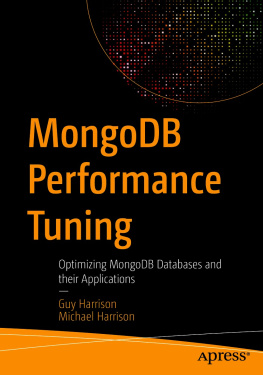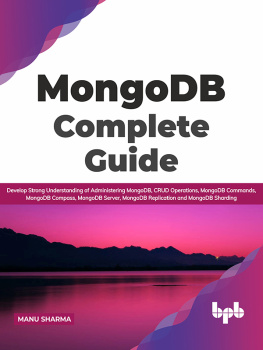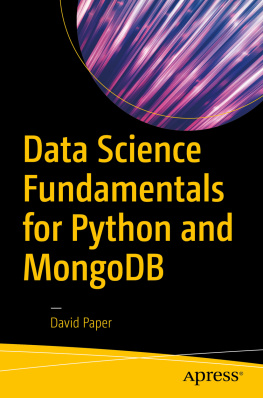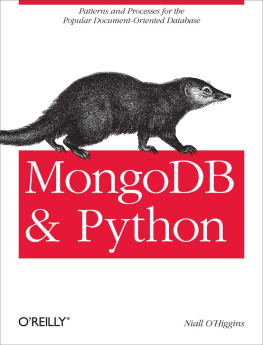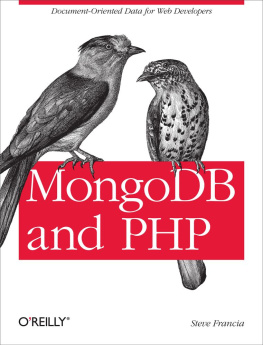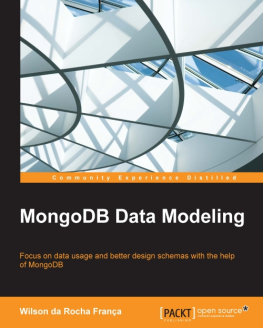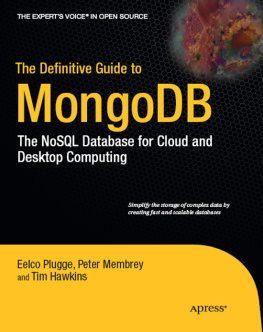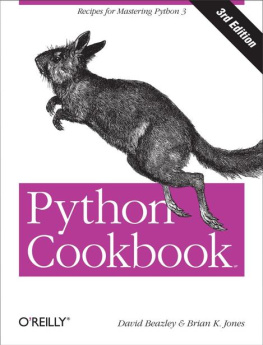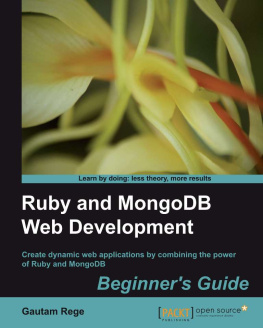Note
Safari Books Online is an on-demand digital library that lets you easily search over 7,500 technology and creative reference books and videos to find the answers you need quickly.
With a subscription, you can read any page and watch any video from our library online. Read books on your cell phone and mobile devices. Access new titles before they are available for print, and get exclusive access to manuscripts in development and post feedback for the authors. Copy and paste code samples, organize your favorites, download chapters, bookmark key sections, create notes, print out pages, and benefit from tons of other time-saving features.
OReilly Media has uploaded this book to the Safari Books Online service. To have full digital access to this book and others on similar topics from OReilly and other publishers, sign up for free at http://my.safaribooksonline.com.
How to Contact Us
Please address comments and questions concerning this book to the publisher:
| OReilly Media, Inc. |
| 1005 Gravenstein Highway North |
| Sebastopol, CA 95472 |
| 800-998-9938 (in the United States or Canada) |
| 707-829-0515 (international or local) |
| 707-829-0104 (fax) |
We have a web page for this book, where we list errata, examples, and any additional information. You can access this page at:
| http://www.oreilly.com/catalog/0636920021513 |
To comment or ask technical questions about this book, send email to:
For more information about our books, courses, conferences, and news, see our website at http://www.oreilly.com.
Find us on Facebook: http://facebook.com/oreilly
Follow us on Twitter: http://twitter.com/oreillymedia
Watch us on YouTube: http://www.youtube.com/oreillymedia
Acknowledgments
I would like to thank Ariel Backenroth, Aseem Mohanty and Eugene Ciurana for giving detailed feedback on the first draft of this book. I would also like to thank the OReilly team for making it a great pleasure to write the book. Of course, thanks to all the people at 10gen without whom MongoDB would not exist and this book would not have been possible.
Chapter 1. Getting Started
Introduction
First released in 2009, MongoDB is relatively new on the database scene compared to contemporary giants like Oracle which trace their first releases to the 1970s. As a document-oriented database generally grouped into the NoSQL category, it stands out among distributed key value stores, Amazon Dynamo clones and Google BigTable reimplementations. With a focus on rich operator support and high performance Online Transaction Processing (OLTP), MongoDB is in many ways closer to MySQL than to batch-oriented databases like HBase.
The key differences between MongoDBs document-oriented approach and a traditional relational database are:
MongoDB does not support joins.
MongoDB does not support transactions. It does have some support for atomic operations, however.
MongoDB schemas are flexible. Not all documents in a collection must adhere to the same schema.
1 and 2 are a direct result of the huge difficulties in making these features scale across a large distributed system while maintaining acceptable performance. They are tradeoffs made in order to allow for horizontal scalability. Although MongoDB lacks joins, it does introduce some alternative capabilites, e.g. embedding, which can be used to solve many of the same data modeling problems as joins. Of course, even if embedding doesnt quite work, you can always perform your join in application code, by making multiple queries.



